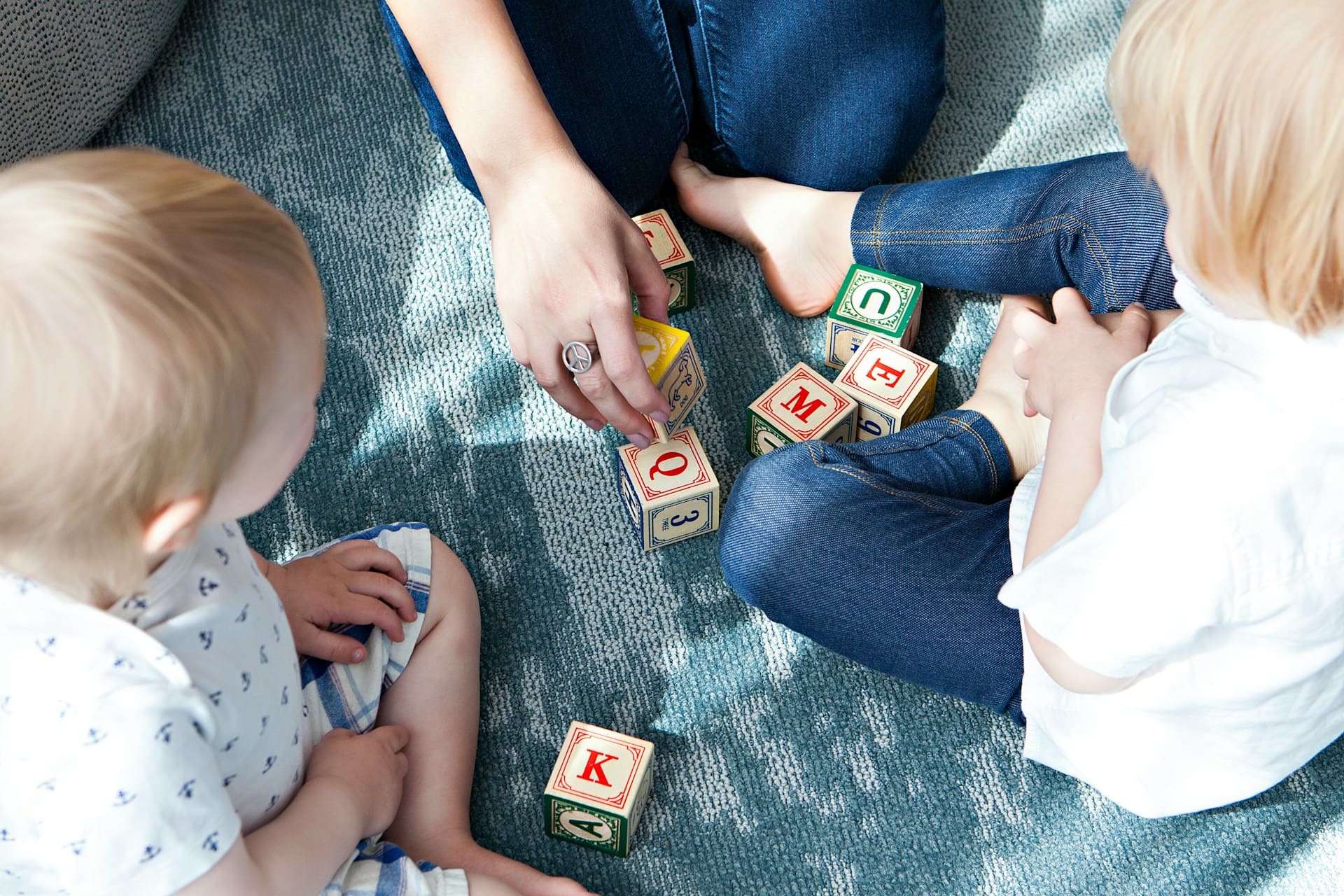
After separation, you may wish to change your child’s surname in circumstances where you have sole parental responsibility and they have a different surname to you, or for them to have their surname hyphenated to include yours so that they are known by both parent’s surname.
Changing a child’s name when both parents agree is a straightforward process. Both parents listed on the birth certificate of the child will need to apply to Births Death and Marriages Victoria.
It can be difficult to obtain consent in circumstances of family violence, being unable to locate and/or communicate with the other parent, or refusal by the other parent.
In these circumstances, we can provide assistance in a number of ways.
It is important to follow proper processes as unilaterally referring to your child by another name without consent from the other parent can cause conflict and damage any co-parenting relationship and goodwill.
We understand that the topic of changing a child’s name can cause significant conflict and note that the child’s best interest must be the paramount consideration for both parents.
Option 1 – Seek agreement from the other parent
As an initial step, writing to the other parent outlining the reasons as to why you wish to change your child’s name is a good starting point.
Option 2 – Mediation
If the other parent does not agree to the name change, private mediation can be organised for the parties to attempt to resolve the dispute and to save both parties from the expense of Court proceedings.
Option 3 – Court proceedings
If both parents are unable to agree to the name change at mediation, the next step is to initiate court proceedings.
You are unable to make a sole application to change your child’s name to Births Deaths and Marriages Victoria unless you have an Order issued by the Federal Circuit and Family Court of Australia.
To obtain the Order, you will need to make an application as to why you want to change your child’s name.
The Court will consider the child’s best interests and guiding principles including those set out in the following cases:
Chapman v Palmer [1978] FamCA 86 the Court considered the following factors in determining whether to change a child’s surname:
- The welfare of the child is the paramount consideration;
- Short and long term effects of the proposed change of name;
- Any embarrassment likely to be experienced;
- Any confusion of identity; and
- The effect which any change in surname may have on the relationship between the child and the parent, whose name the child bore before the marriage.
And in the case of Beach v Semmler [1979] FCWA being:
- Advantages both in the short and long term;
- Contact that the other parent has had and likely to have;
- Degree of identification the child has with the other parent; and
- Degree of identification with other family members.
We further note that there has been an increasing trend of changing the child’s surname to hyphenate both parent’s surname, allowing them to identify with both parents. The Court is still required to consider the child’s best interests including a meaningful relationship with the other parent, age of the child, and what the parties agreed to around the time of the child’s birth.[1]
In any application to the Court, the best interests of the child, and the guiding principles listed above will need to be addressed.
If you have any questions in relation to changing your child’s name, please do not hesitate to contact Scanlan Carroll to discuss your matter.
[1] Vasseur & Gauss [2022] FedCFamC2F 1277
Recent Articles
News Categories





